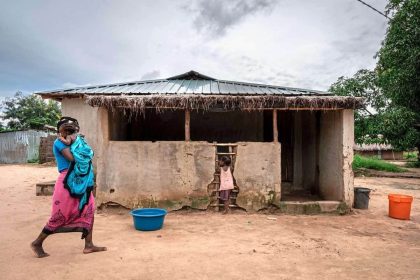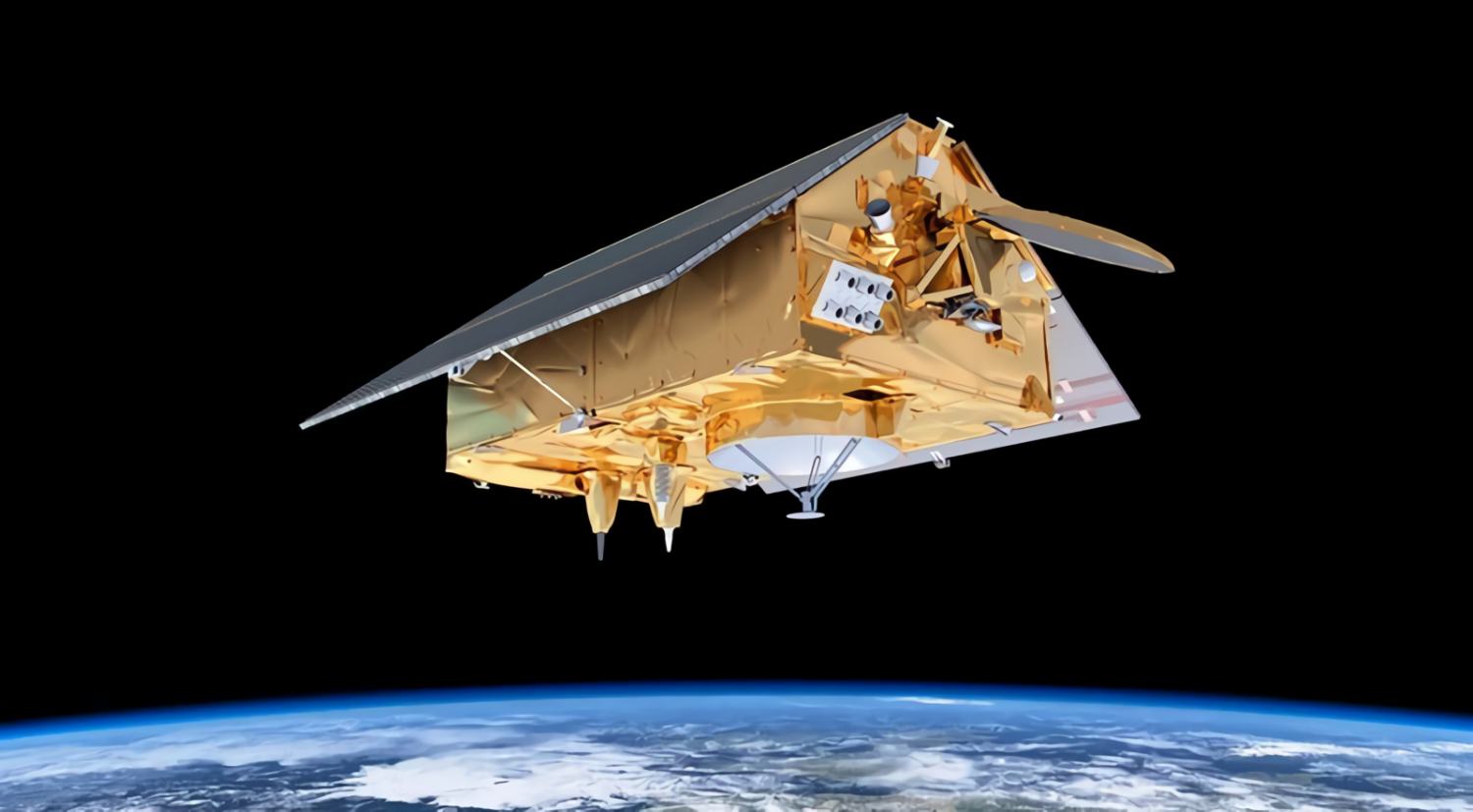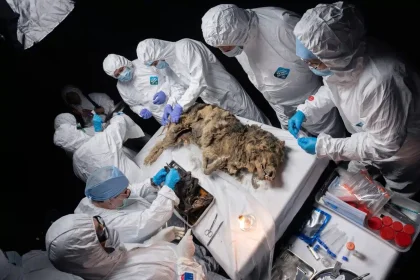The Earth is to date the only known planet to have continents. How they formed and evolved, however, is not yet clear. A new study conducted by a team from the Geoscience Research Institute at Curtin University in Australia fills this gap: Giant meteorites could be at the origin of this terrestrial “shaping”.
The theory is not new. For decades, meteorite impacts have been suspected of having contributed to the formation of the Earth’s continents. And for good reason: These impacts were particularly frequent during the first billion years of our planet’s history. But until now, there was little evidence to support this hypothesis, which remains subject to debate. By examining zircon crystals in some of Earth’s oldest rocks in Western Australia, researchers have finally been able to find an answer.

The scientists discovered a piece of evidence for these massive meteorite impacts by closely examining microscopic crystals of the zircon mineral in rocks from the Pilbara Craton in Western Australia, which is the best-preserved piece of the planet’s ancient crust. Isotopic analysis of the oxygen in the zircons revealed that the Archean Pilbara Craton (4 to 2.5 billion years ago) was formed in three stages.
Initiated by the Melting of the Surface
Zircons are very often used for dating, because they are very resistant minerals, even to erosion and metamorphism; they thus preserve a faithful record of ancient geological processes. In particular, the proportions of the different oxygen isotopes make it possible to estimate past temperatures. As the meteors hit the Earth’s surface a “top-down process” took place: The melting of the rocks started near the surface and then continued deeper and this has created “geological scars” along the way.
The researchers identified three groups of zircons, each corresponding to one of the stages that led to the formation of the continents. This would have begun with giant meteorite impacts, similar to those responsible for the extinction of the dinosaurs. The giant impacts initiated mechanisms that fractured the Earth’s crust and establish prolonged hydrothermal alteration through interaction with the ocean.
How Did It All Happen?
- Stage 1 zircons form two distinct age groups: A giant impact around 3.6 billion years ago – coinciding with the oldest, oxygen-poor zircons 18 – triggered massive mantle melting to produce a thick mafic-ultramafic core (a core very rich in magnesium and iron). A second cluster of low-oxygen-18 zircons, dating to 3.4 billion years ago, is contemporary with spherules identified as the earliest physical evidence of those giant impacts on Earth.
- Stage 2 zircons (3.4 to 3 billion years ago) mostly have oxygen-18 content similar to that of the mantle; this low oxygen-18 content indicates that they crystallized from magmas formed near the base of the evolving continental core.
- Stage 3 zircons (from 3 billion years ago) have a higher oxygen-18 content than the mantle, indicating “efficient recycling” of rocks that were deposited on top of the crustal rocks.
In summary, the continents were formed on Earth because a giant meteorite struck the Earth, melting its outer shell. The same impact released the pressure in the underlying mantle, melting it and creating an ocean shelf. Once it reached a sufficiently large size, this ocean plateau in turn melted at its base to form granite, which is what all the continents are made of.
Why Other Planets Do Not Have Continents?
Between 4.1 and 3.9 billion years ago, the Earth (like the other terrestrial planets) had undergone a notable increase in meteorite impacts. This hypothetical period in the history of the Solar System is called the “Late Heavy Bombardment”. Why is the formation of continents exclusive to the Earth when other telluric planets, as well as the Moon, were also bombarded? These other bodies had little or no water at the time the flow of effects waned. Granite that creates continents needs water to form along with the energy.
Our planet was originally just a huge ocean of magma. It is essential to understand the stages of formation and evolution of the continents since they are now home to the majority of the Earth’s biomass, all the humans, and almost all the important mineral deposits of the planet. These deposits are the result of a process called crustal differentiation, which began when the first landmasses were formed. The continents are home to critical metals such as lithium, tin, and nickel, products that are essential to the emerging green technologies needed to mitigate climate change.
The data associated with other areas of the ancient continental crust appear to reflect processes similar to those identified at the Pilbara Craton.






